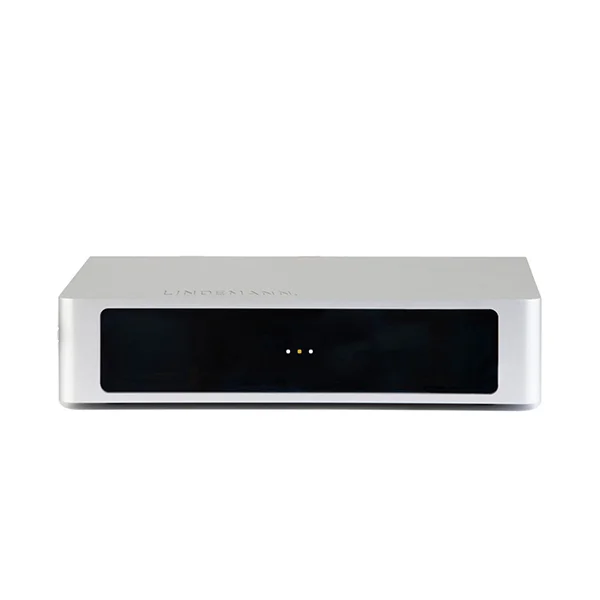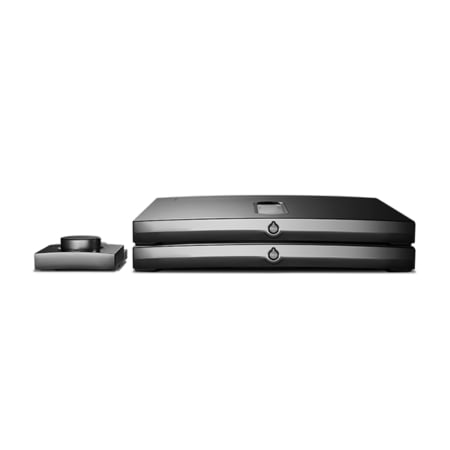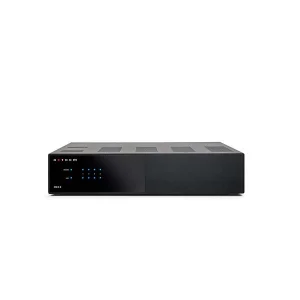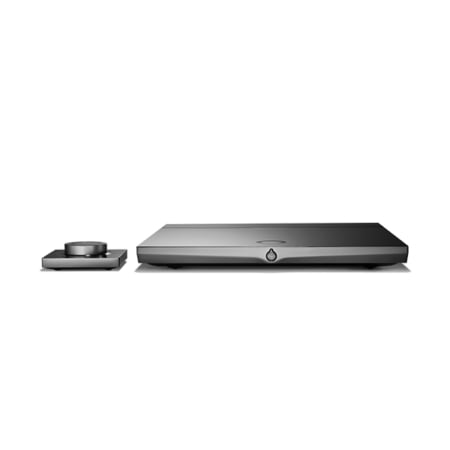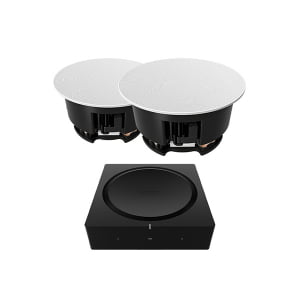Description
Lindemann Musicbook POWER II 500
What makes actually a good power amplifier? Sufficient output, good technical specs with low distortions and a high damping factor, perhaps also a high efficiency. This is certainly true, but doesn’t say much about the acoustic result we can achieve with a loudspeaker. A really good power amp can drive a loudspeaker in such a way that even the very last ounce of musical information becomes perceivable. And always in a sovereign and very relaxed manner.
The Musicbook POWER II is not only the ideal game partner for the Musicbook SOURCE, but also knows how to get even the finest musical details out of a loudspeaker. Of course, with excellent measured values and minimal power consumption.
Second Generation
From a visual point of view, there are no differences between the first and second series of the Musicbook POWER. But the circuit layout of the POWER II has been improved at some essential points:
The acoustically crucial voltage gain stage was outsourced from the N-CORE module and designed as a separate circuit. The use of an excellent J-FET amplifier and an absolutely pure energy supply with less than 1 µV of noise floor results in an almost perfect analog amplification of the input signal with no negative impact caused by class-D amplifier interference. The N-CORE module is used quasi as a power buffer to supply the already amplified input voltage with the necessary current required for running loudspeakers. The N-CORE modules impress with great transparency and totally frequency-independent parameters. A perfect team with an awesome sound potential.
The signal detector, which is in charge of turning the amplifier on and off, has been revised: its sensitivity has been increased and its robustness against interferences reduced at the same time by the use of a fully balanced circuitry. The signal detector now works in the left channel only and thus has the same sensitivity in both operation modes (stereo and bi-amping). All in all a significant plus in operational safety.
Bi-amping
A unique feature of the Musicbook POWER II is the possibility to run one power amp per channel in “vertical bi-amping” mode. This requires a loudspeaker with separate connections for the bass and the high/midrange. Each range is driven by a proprietary power amp. The result is a clear improvement in sound quality in the fundamental range and an enhanced overall transparency of reproduction. In most cases the bass range will equally benefit from this.
In bi-amping mode the Musicbook POWER II offers a level control for the bass which is now adjustable in ten steps. This feature is a real problem solver in many living rooms. Depending on the speaker placement less can be more here! This is especially true of large speakers which are difficult to set up.
Technology
The Musicbook POWER II is a top-level class-D amplifier. This “N-CORE” design (a reference to “encore”) is nothing but a revolution in this field. The measured values of these amplifiers are remarkable for several reasons: very low distortions, an extremely high damping factor and a linear frequency response up to 45 kHz. Even more important is the fact that the distortions will not increase at high modulation or towards high frequencies, and the frequency response does not depend on the speaker impedance. Hence the connected loudspeaker does exactly what it’s supposed to do. It is controlled perfectly. The result is a supremely musical reproduction without any resonances or colourations.
Musicbook POWER II 500 or 1000?
For speakers with a low sensitivity or low impedance we recommend the Musicbook POWER 1000 which can ”push out” more than 30 amperes of current.
KEY FEATURES:
• Speed, dynamics, transparency and mighty authority in the sub-low range
• Automatic switch on & off upon signal detection
• The efficiency of the Musicbook POWER II power consumption is up to 5 times greater than with conventionally built amplifiers
• The Musicbook POWER II uses the currently best class-D amplifier technology
• Extensive protection circuits against short circuit, excess current or DC at the output. There is also an intelligent temperature monitoring that will mute the device in case of overload until the temperature has returned to normal.

